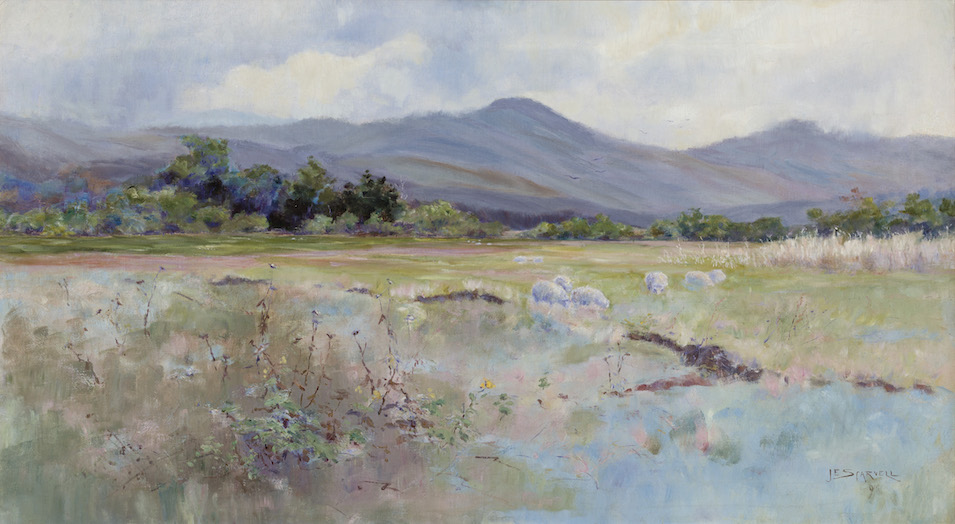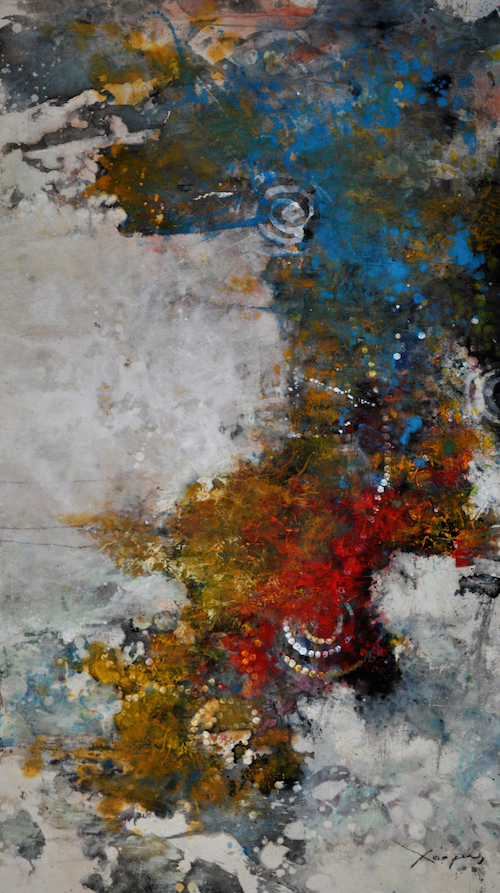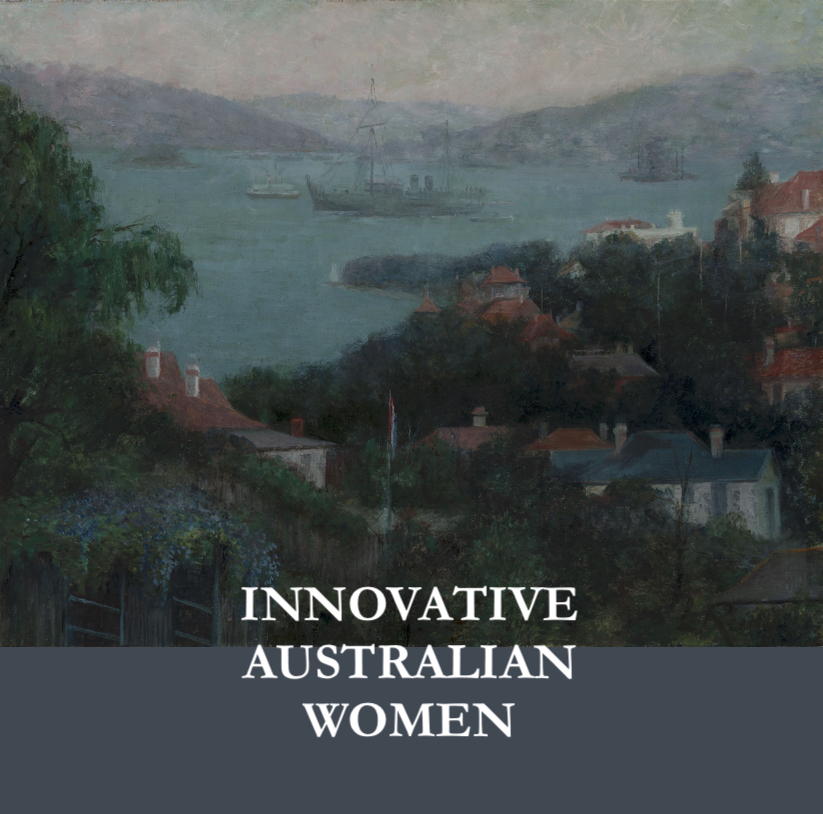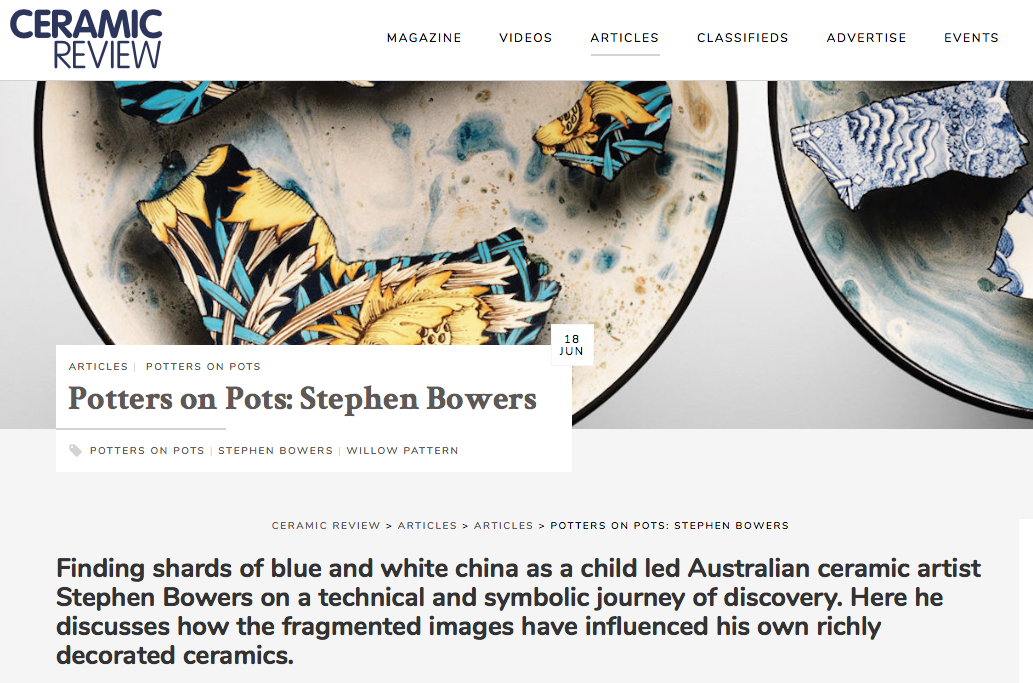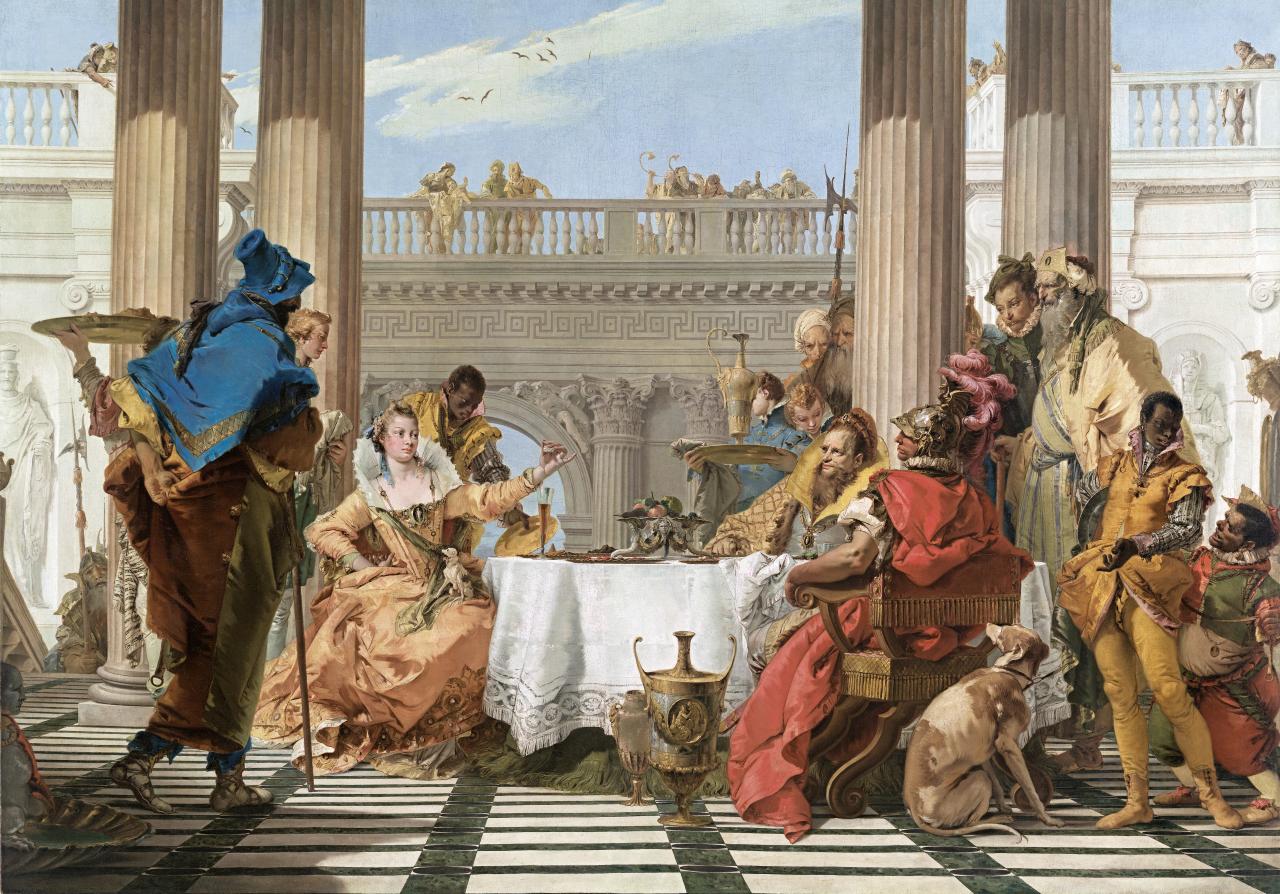A masterwork by the iconic Kimberley artist Rover Thomas has been donated to the National Museum of Australia in honour of Lauraine Diggins OAM. The large-scale painting Jabanunga depicts the Rainbow Serpent penetrating the earth following a subterranean journey in the wake of Cyclone Tracey’s destruction of Darwin.
Lauraine was a strong supporter of Indigenous art on the international stage. “During her lifetime Lauraine was determined to do whatever she could and use her considerable influence to ensure that many of the important art works created in Australia and overseas became part of the national Estate”, says Michael Blanche, Lauraine’s husband and Director of Lauraine Diggins Fine Art and an advocate for philanthropy. Michael, along with co-Director, daughter Nerida Blanche, intend on donating a series of artworks in memory of Lauraine.
Read media coverage about this important painting below:

